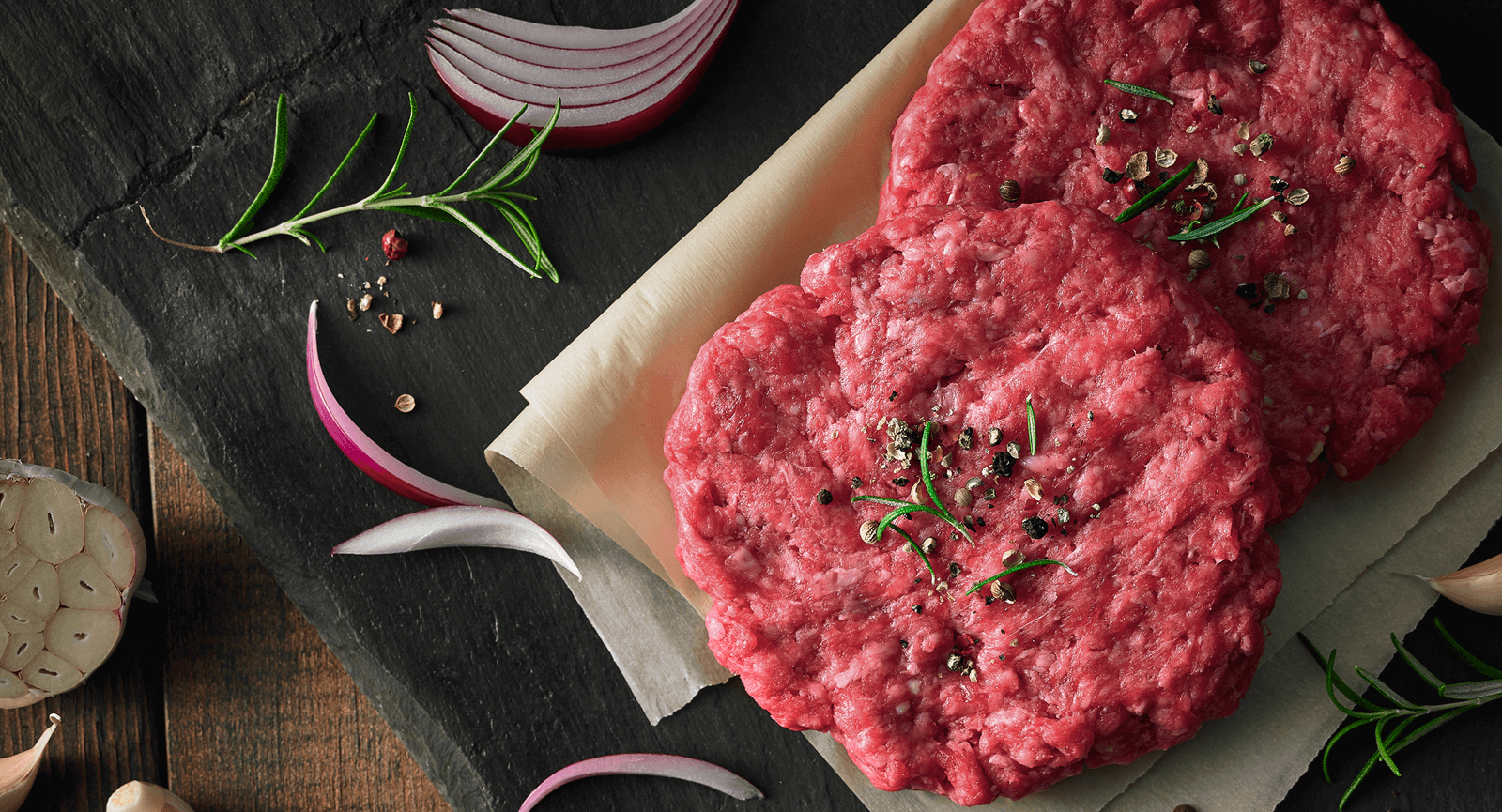
The Basics of Antioxidants
In an effort to provide our customers with the tools they need for making product formulation decisions, we put together a video series detailing the use of antioxidants.
Meet one of our antioxidant experts, Poulson Joseph. Poulson will be explaining not only the purpose of antioxidants, but the difference between natural and synthetic antioxidants. Poulson is the principal scientist/team lead for protein at Kalsec.
What is the Purpose of an Antioxidant in Meat?
Meat is a complex food matrix with major components in fat, protein and water. This makes it very susceptible to lipid oxidation in both fat and lipids in the muscle cell membrane, which is especially a concern in ground meats. Lipid oxidation can lead to an off-flavor and odor in food, often called warmed-over flavor.
Antioxidants are added as a defensive strategy to delay oxidative reactions and thereby inhibit the generation of warmed-over flavor formation in cooked meat products. This ensures flavor stability in pre-cooked, cooked and processed meats.
Antioxidants help maintain color stability and flavor in fresh meats in both whole-muscle and ground products.
In fresh meat products, there is an added dimension where meat pigments (myoglobin) also undergo oxidative reactions, turning them from an appealing red color to brown discoloration. Antioxidants help maintain color stability in fresh meats in both whole-muscle and ground products, in addition to maintaining the “fresh meat flavor.”
Making the Decision: Natural vs. Synthetic Antioxidants
While the targeted functionality is the same in food applications between natural and synthetic antioxidants, there are differences. These differences include label friendliness, process compatibility and organic suitability. Natural antioxidants are label-friendly, especially for clean and clear label requirements from both consumers and the food industry. In terms of process compatibility, not all synthetic antioxidants help in this regard.
Demand for Plant-Based Proteins
The growth in demand for meat products is strong. While this has been a great source of protein globally, the world population is rising, creating a need for alternate sources of protein like plant-based proteins.
The movement towards more vegetarian and flexitarian diets supports this demand as well. New product introductions for plant-based proteins will continue to increase. This market growth in plant-based proteins is a great opportunity for the meat industry to use its knowledge and expertise to help guide and evolve plant-based proteins.